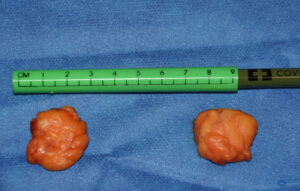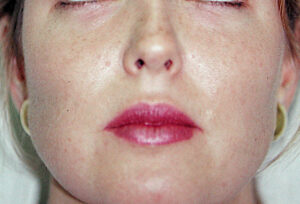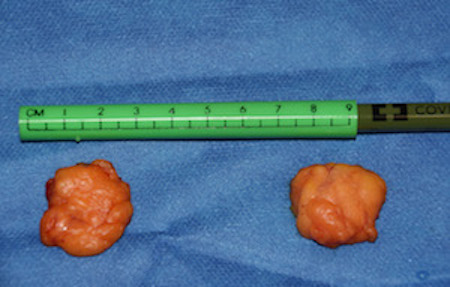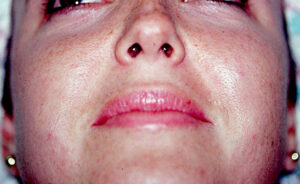Buccal lipectomies, a facial reshaping procedure once denounced as deleterious, has gained popularity in more recent times. In an effort to thin out or sculpt full cheeks, removal of the discrete buccal fat creates the most significant amount of facial fat reduction. The cheek subcutaneous tissues are not particularly favorable for liposuction due to its fibrofatty tissue composition and the presence of the buccal branches of the facial nerve.

In the December 2020 issue of the American Journal of Cosmetic Surgery an article was published on this topic entitled ‘Buccal Fat Pad Sculpting for Lower Facial Contouring With 3-Dimensional Volume Assessment.’ In this paper the authors conducted a prospective study on fifteen (15) isolated buccal lipectomy patients (mainly females) using three-dimensional (3D) imaging allows for quantitative and objective assessment of the facial volume changes over a two year period. VectraXT 3D imaging and software was used to compare preoperative and postoperative facial volumes. The mean length of follow up was almost 8 months.
As expected all patients showed facial volume reduction in the area evaluated. The mean volume reduction in the frontal view was 7.2 mL on the left side and 7.5 mL on the right side. There was no difference between the volume change of the two facial sides.
The authors did not compare the volumes of the buccal fat pad removed with that of the measured external facial change. Knowing that most buccal fat pads are not as great in size as the external facial volume changes seen in this study indicates that the space collapse underneath is ultimately greater than the volume of fat that was removed. This demonstrates the power of the buccal lipectomy procedure in many patients. I suspect, although not specifically evaluated in this study, is that the rounder the face the more external volume reduction that is seen.

Dr. Barry Eppley
Indianapolis, Indiana




